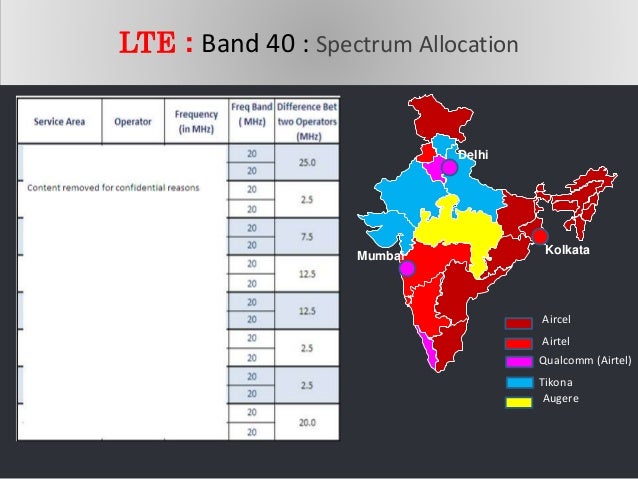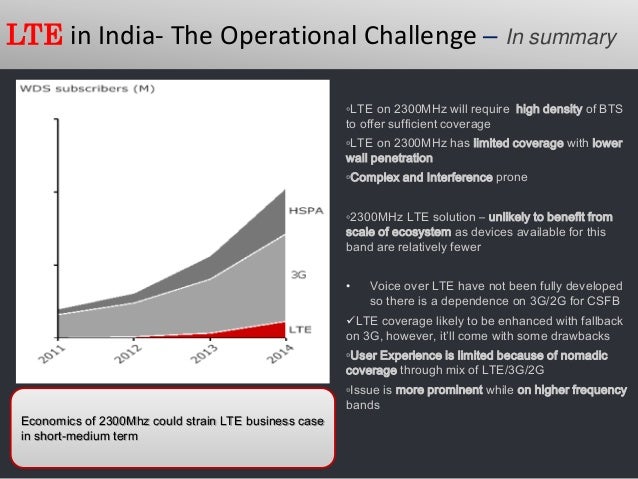

Accurately assessing the potential of financial returns for such a complex network poses to operators unique challenges including techno-economic analysis leading to the identification of decision variables most sensitive to the profitability parameters. The fifth generation (5G) of mobile services envisages network heterogeneity, cell densification, and high spectral efficiency using Massive MIMO, operating at millimeter-wave frequencies. Hence, overall there is a genuine need for a consolidated approach in spectrum acquisition by an incumbent operator to reap synergistic benefit in aggregate profitability. We also find that the smaller circles in Category B hold out better promises for profitability, compared to the larger circles in Category A.

Interestingly, the potential for a better profitability in Category C circles, which are crucial to ensure the mandated last-mile coverage for rural villages, further increases the attractiveness of 700 MHz band. Moreover, the circle-wise profitability of 700 MHz is the highest amongst all the three bands, with maximum profitability being in Metro circles, followed by Category C circles. Our results show that, in addition to giving better cellular coverage, 700 MHz is the most cost-effective band, its TCO being approximately one-fourth of that of 1800 MHz band, and one-sixth of that of 2100 MHz band. After estimating the TCO and the revenue figures for all the three bands, we apply the discounted cash flow method to analyze their comparative profitability. We use a combination of Okumara-Hata/Cost-231 model, cell-dimensioning approach and Bass model based adoption forecasts to determine coverage, capacity, and number of subscribers, respectively. To help them understand better the effectiveness of the newly opened 700 MHz band in India, this paper compares the overall financial implications of deploying 4G LTE services on 700 MHz band with those on 1800 MHz and 2100 MHz bands over a 20-year horizon across 22 telecom circles. Their bidding process usually follows an opportunity cost approach that attempts to trade off the investments in network infrastructure against the acquisition of bigger spectrum blocks in cost-effective bands. Offering pan-India broadband connectivity over 4G LTE networks involves massive total cost of ownership (TCO) for the operators, which includes acquiring newer spectrum through an immensely competitive auction mechanism.


 0 kommentar(er)
0 kommentar(er)
